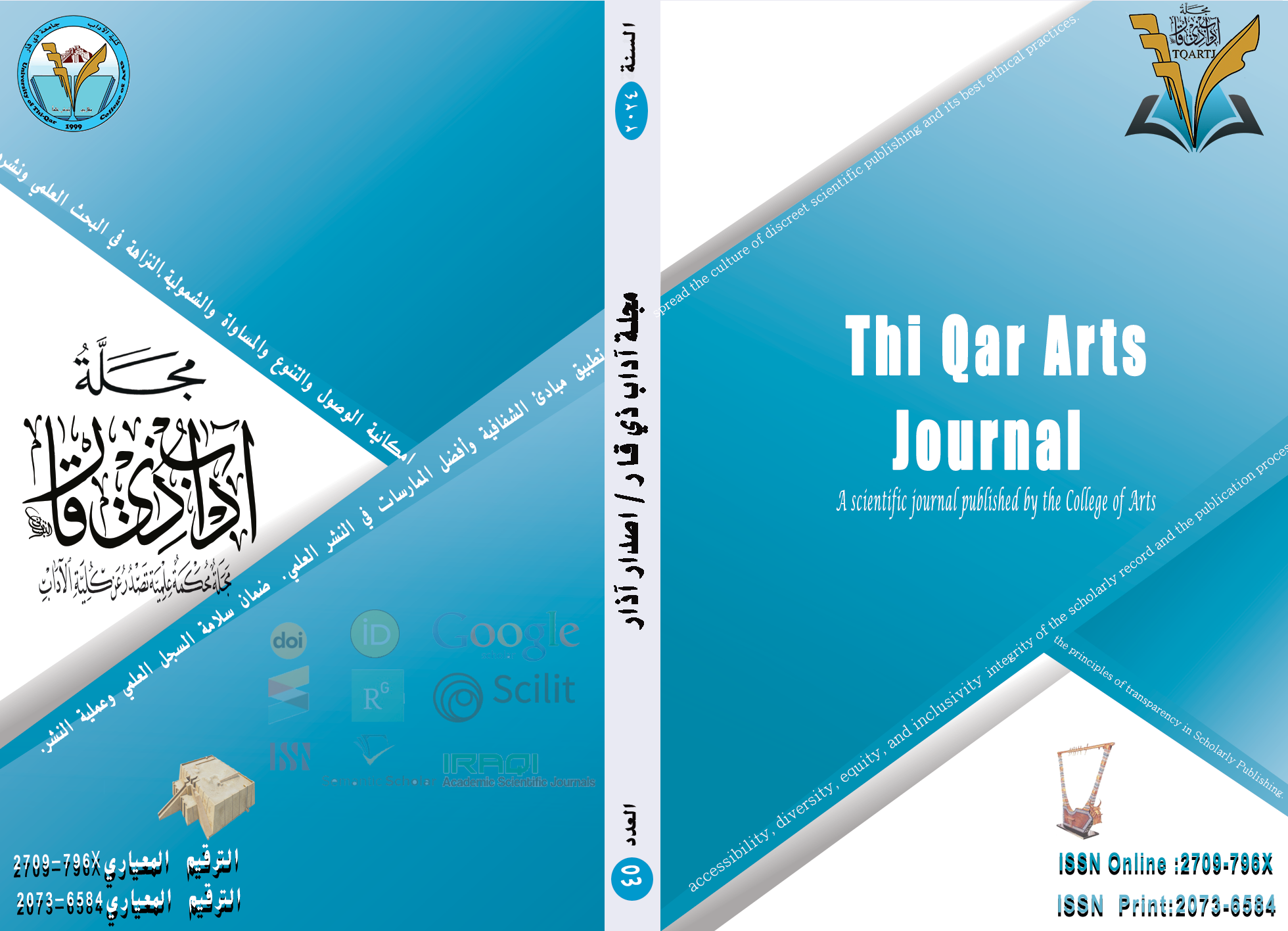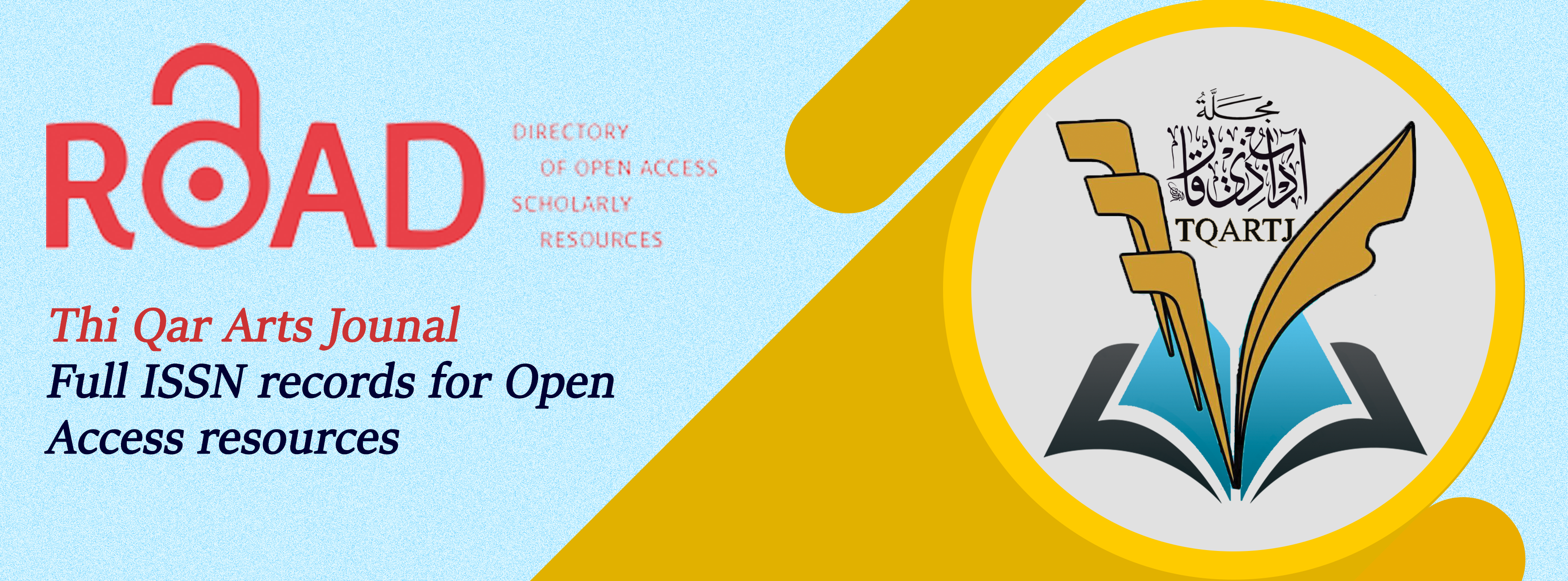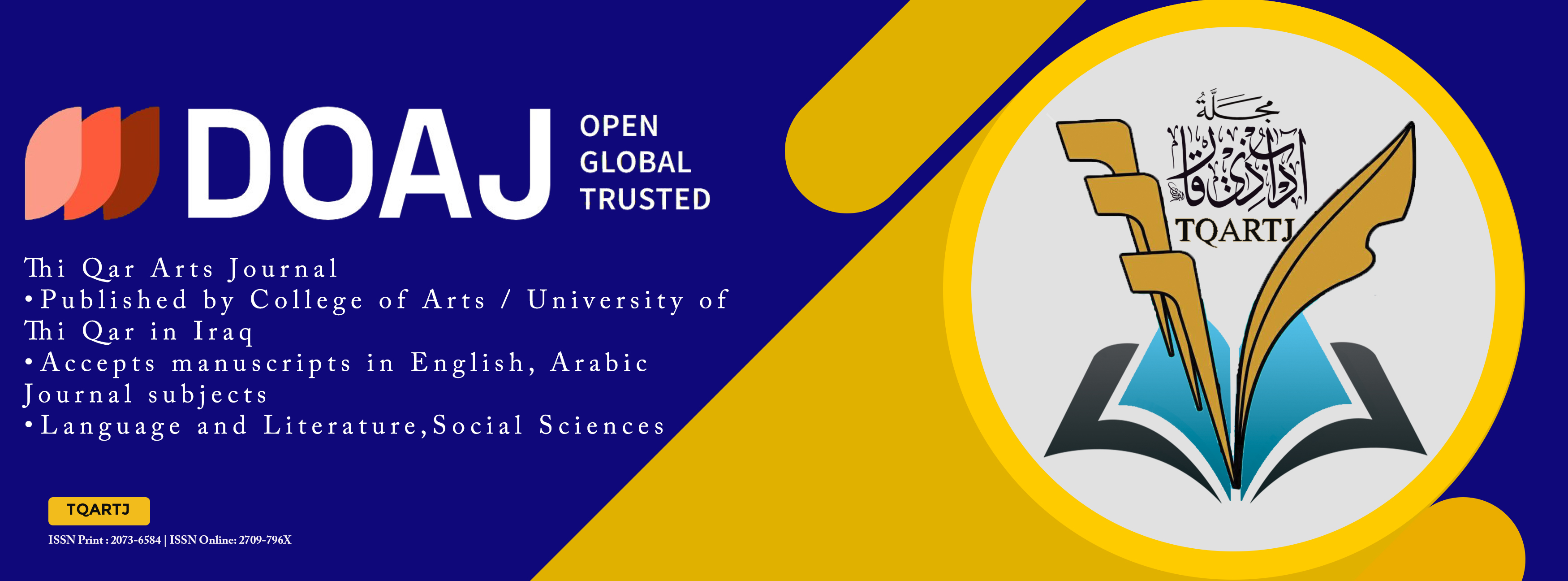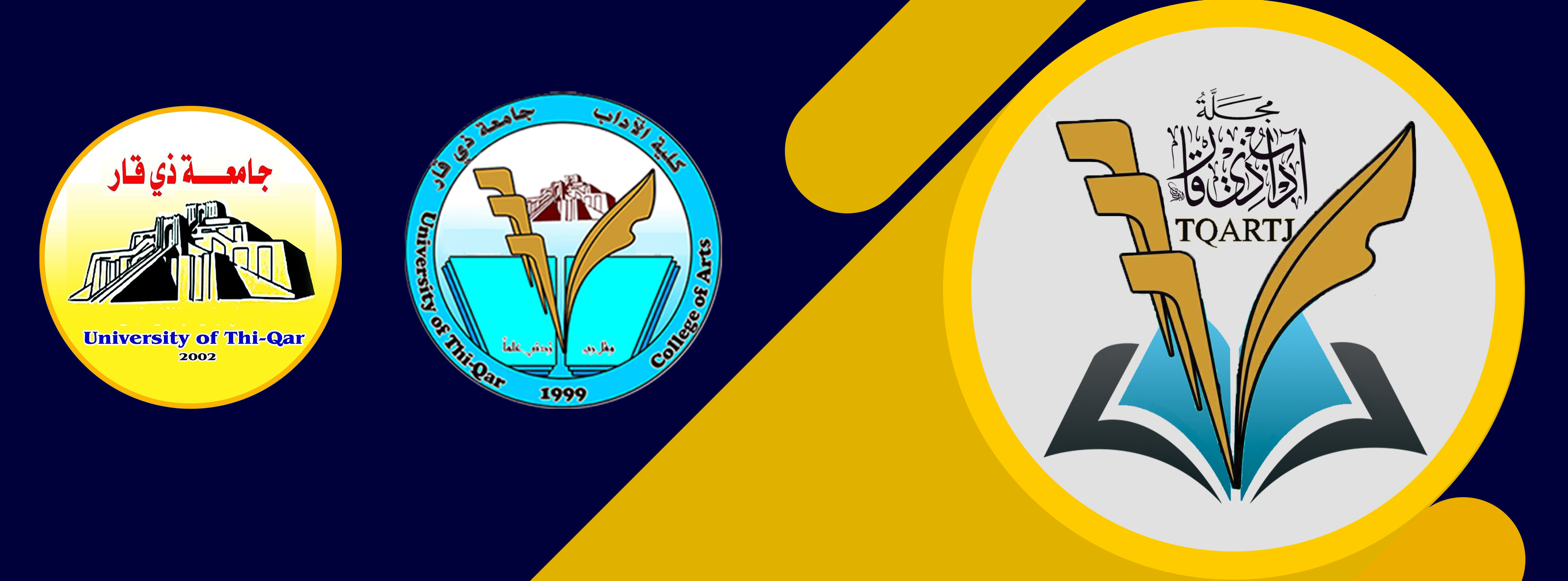News coverage of the Iraqi brain drain issue: an analytical study of the news bulletins of Al Iraqiya TV channel during the period from January 1, 2022, to December 31, 2022
DOI:
https://doi.org/10.32792/tqartj.v3i45.562Keywords:
Brain drain; newscasts; Iraqi channel.Abstract
The public today navigates a vast landscape of hundreds of satellite channels offering diverse intellectual discourse. Amidst this multitude, Al-Iraqiya Satellite Channel, the official Iraqi state broadcaster, consistently claims the top spot in viewership and engagement according to local opinion polls. The channel grapples with various issues relevant to the Iraqi public, and prominent among them is the critical phenomenon of Iraqi talent migration. It is this issue's prominence in Al-Iraqiya's news programming that drew the researcher's attention, leading to a detailed analysis of broadcast content focused on brain drain during the year 2022.
This research seeks to answer the following question: How did news bulletins on Al-Iraqiya Satellite Channel address the issue of Iraqi talent migration?
Employing a descriptive research approach, the researcher utilized a survey method and defined the research population as all news bulletins aired by the channel in 2022. To ensure comprehensiveness, a complete inventory sample of all bulletins addressing the brain drain phenomenon within the specified timeframe was adopted .
This analysis yielded several key findings:
- News coverage of Iraqi talent migration occupied a substantial portion of total news bulletin airtime, amounting to 70 minutes out of a total 540 minutes.
- The majority of the televised content addressing brain drain took the form of news segments, followed by reports, interviews, analyses, and commentaries, respectively.
Downloads
References
Arabic Sources
Ibrahim Abdel Khaleq Raouf and Kifah Yahya Saleh Al-Akri. (2007). A Study of the Brain Drain Phenomenon - Its Causes - Its Treatment - From the Perspective of Faculty Members in the College of Education, Al-Mustansiriya University. Journal of the College of Education (2).
Louisiana State University, USA. (1988). Introduction to Mass Communication Research. (Arab Center for Research, Translators) Baghdad: Arab Center for Research.
Khalaf Al-Dahiri. (2002-2003). Lectures given to postgraduate students at the College of Media. Baghdad: College of Media.
Rafi Hamdi. (2005). The Reality of Dialogue Programs on Al-Iraqiya Satellite Channel, Political Programs as a Model. Unpublished master’s thesis. Baghdad, University of Baghdad: College of Media.
Taleb Abdul Majid and Haider Ahmed Alou. (2015). News Production in Specialized Arab Channels. Amman: Osama Publishing and Distribution House.
Taha Abdel Ati Najm. (2012). Mass Communication: A Sociological Vision. Alexandria: Kalima Publishing and Distribution House.
Abdel Rahim Darwish. (2005). Introduction to Communication Science. Damietta: Nancy Library.
Abdel Fattah Abdel Nabi. (1991). Media Coverage of Elite Crimes. Cairo: Dar Al-Thaqafa for Publishing and Distribution.
Abdel Qader Tash. (1989). The Stereotypical Image of Islam and Arabs in the Mirror of Western Media. Amman: Al-Da’ira Company for Limited Media.
Abdel Basit Mohammed Hassan. (1971). Fundamentals of Social Research (3rd Edition). Cairo: Anglo-Egyptian Library.
Abdullah Mahmoud Suleiman. (1973). Methodology and Writing a Research Report in Behavioral Sciences. Cairo: Anglo-Egyptian Library.
Awatif Abdel Rahman, et al. (1983). Content Analysis in Media Studies. Cairo: Osama Printing House.
Aisha Mohammed Ahmed. (2022). The Migration of Skills and Its Impact on Economic Development and Education in Arab Societies. African Journal of Advanced Studies in Humanities and Social Sciences, 1(3).
Fawzi Al-Hindawi and Ahmed Abdel Majid. (2013). Iraqi Press Treatment of Internal Crises. Research of the Seventh Scientific Conference. University of Baghdad, College of Media.
Fawzi Ghraibeh, et al. (1977). Scientific Research Methods in Social and Human Sciences. Amman: Royal Society Press.
Mohammed Abdel Hamid. (1983). Content Analysis in Media Research. Jeddah: Dar Al-Shorouk.
Mohammed Abdel Hamid. (2000). Scientific Research in Media Studies. Cairo: World of Books.
Mohammed Al-Bashir Razouk. (2017). The Migration of Scientific Skills: Its Causes, Implications, and the Possibility of Limiting It. Center for Research and Studies on Algeria and the World, 2(7).
Mohammed Abdel Hamid. (1997). Media Theories and Influence Trends. Cairo: World of Books.
Muslim Abbas Hashim. (2015). (News Treatment of Terrorism Topics in Iraqi Satellite Channels), An Analytical Study of News Bulletins and the Communicator in Al-Itijah, Al-Sumaria, and Al-Iraqiya Channels. Master’s thesis. Baghdad, University of Baghdad, College of Media, Department of Radio and Television Journalism: Iraq Center for Studies.
Muammaria Bashir. (December, February, March, 2005). Obstacles to Scientific Research in Algeria: Field Studies on a Sample of Professors at the University of Batna. Arab Psychological Sciences Network Journal (5).
Hashim Al-Zubaidi. (2001). Islamic Media on Television. Unpublished doctoral dissertation. Baghdad, University of Baghdad, College of Arts: Department of Media.
Heba Shaheen. (2008). Arab Satellite Television. Cairo: Egyptian Lebanese House.
Wissam Fadil Radi. (2010). Radio and Television in Iraq. Baghdad: Dar Al-Nahrain for Distribution, Advertising, and Publishing.
Littlejohn, S. (2009). Encyclopedia of Communication Theory . London: Sage Publications .
Mc Quai, D. (2000). Mass CommunicationTheory. London: Sage Publications.
Vane, J., & Kalvas, F. (2013). The Agenda Setting Effect of FocusingEvents, A Case Study of the Church Restitutions. Pilsen: University of West Bohemia.
Downloads
Published
Issue
Section
Categories
License
Copyright (c) 2024 Dr.Eman AbdelRahman

This work is licensed under a Creative Commons Attribution 4.0 International License.
The journal applies the license of CC BY (a Creative Commons Attribution International license). This license allows authors to keep ownership of the copyright of their papers. But this license permits any user to download, print out, extract, reuse, archive, and distribute the article, so long as appropriate credit is given to the authors and the source of the work. The license ensures that the article will be available as widely as possible and that the article can be included in any scientific archive.


















